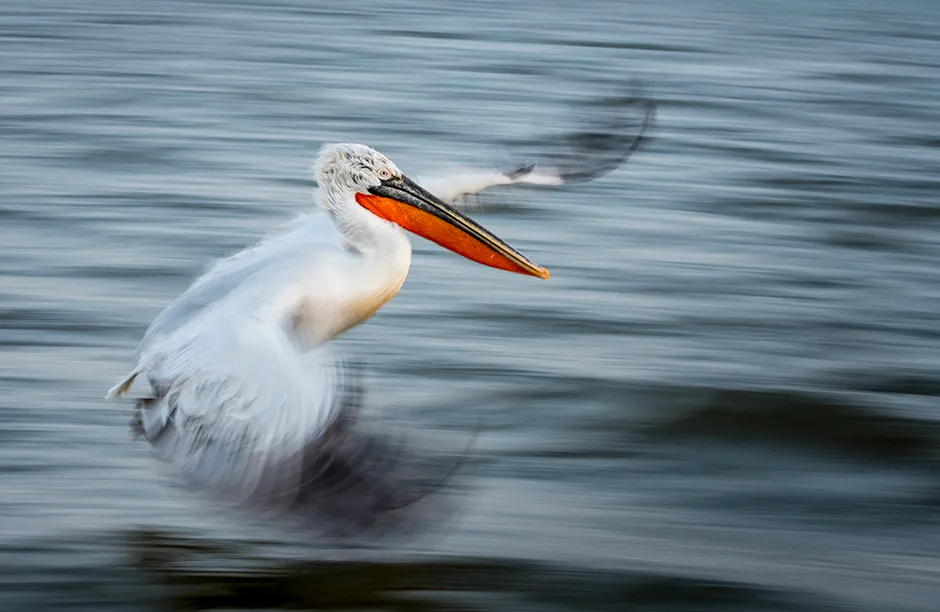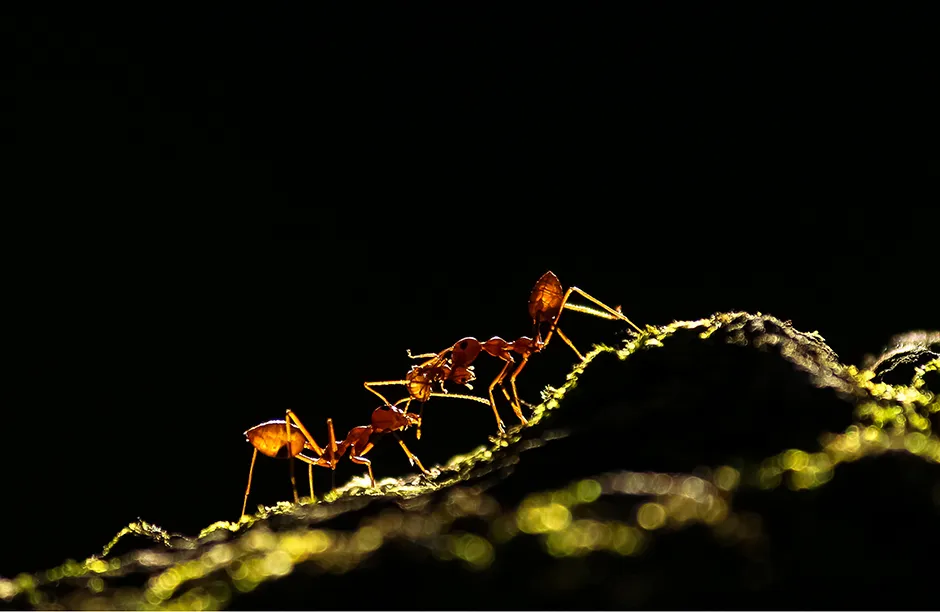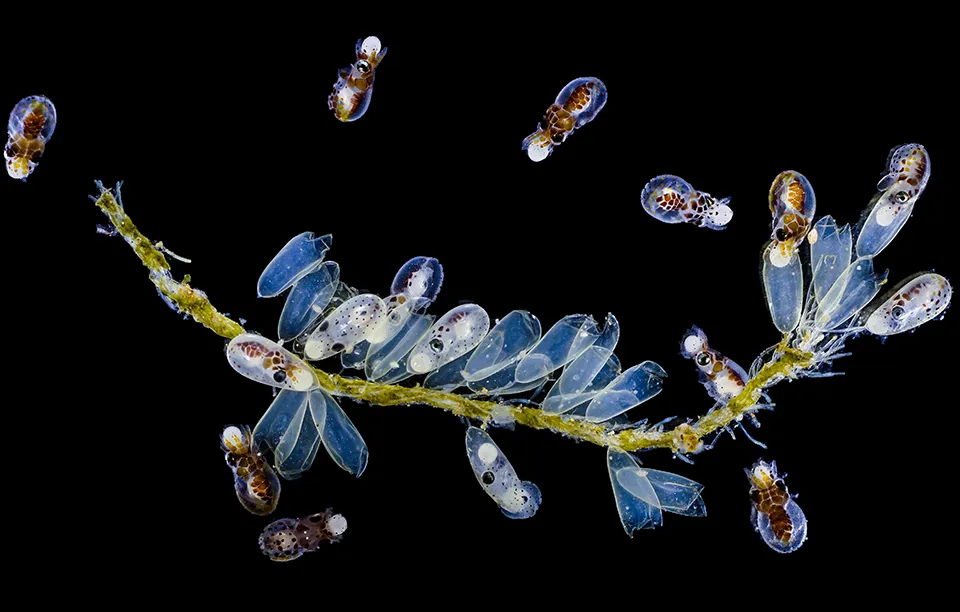In a busy year for photo awards, an image of a flying Dalmatian Pelican, taken by Alwin Hardenbol, has been awarded Overall Winner in the British Ecological Society’s annual photography competition, 'Capturing Ecology'.
The winning images and an additional 16 highly commended images, taken by international ecologists and students, celebrate the diversity of ecology; capturing flora and fauna from across the planet.
We have picked out some of our favourites from the winners and the highly commended(s), and bring them to you now.
For more amazing science photography, why not check out these galleries too?
- Pretty Deadly: The World's most beautiful but dangerous creatures
- The hole wide world: 14 images of the Earth’s broken landscape
1
Overall Winner - The Art of Flight

On her winning image, Alwin, a PhD candidate at the University of Eastern Finland, said: “I gave this image the title The art of flight because of how impressive this bird's wings appear in the picture, you can almost see the bird flying in front of you despite it being a still image".
“I used a technique called panning which involves using a slow shutter speed and moving the camera along with the bird as it flies. In a perfect scenario, the background and most of the bird will show blurred movement but the head should be sharp. I took thousands of pictures and while most failed, I was very happy with this shot.
“Winning such a competition as an ecologist provides me with the opportunity to continue combining my research with my passion for nature photography.”
2
Runner Up - Ant Tale

3
Overall winner - Student Category - Waterfall Swift

4
Runner Up - Hatching

5
Winner, Up Close and Personal Category - Student - Into the Lion's Den

6
Winner, Dynamic Ecosystems Category - Dances with Rattlers

7
Highly Commended - Hunter

8
Highly Commended - That Sinking Feeling

9
Highly Commended - Mimicry

10
Winner, Individual & Pop - The Last Meal of the Day

11
Highly Commended - Diving with a Pink Jellyfish

Highly Commended - The neighbor

